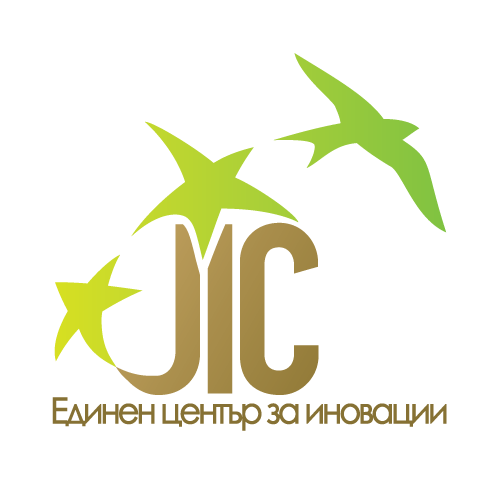
Inorganic materials
An iron cyclosilicate with the highest Si//Fe ratio (6) and the lowest crystal lattice density (17.44 FC) compared to the known iron silicates was obtained. Its structure is similar to that of the mineral imandrite, but it has significantly higher thermal stability (over 900°C).
Contact:
rosica.pn@clmc.bas.bg

Inorganic materials
Efficient catalytic materials have been developed for the production of pure hydrogen by copper oxide promotion of materials containing CeO 2 deposited on Al 2 O 3 with a highly developed surface. The study of the relationship between the activity and the structural, electronic and reduction properties shows that the Cu 2+ –Ovacancy–Ce 3+ /or Y 3+ interaction plays a crucial role in the reactive ability. The catalysts are resistant to deactivation over a 30 hours operating period, which makes them promising systems for obtaining ecologically clean fuel – a new type of efficient, stable and economically competitive copper catalysts for obtaining pure hydrogen with application in fuel cells and hydrogen energy production.
Contact:
rtabakova@ic.bas.bg
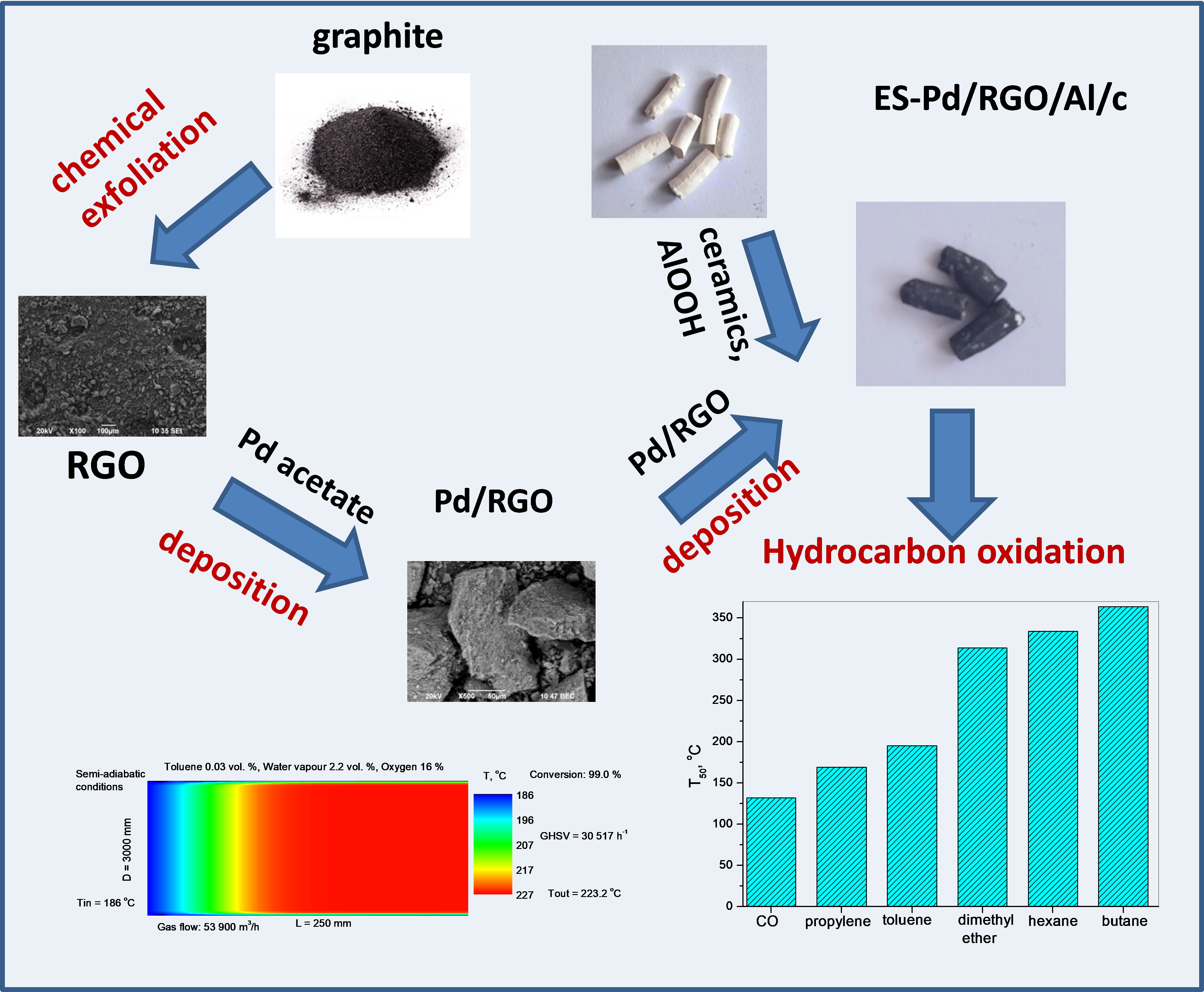
Inorganic materials
A complex catalyst with high activity and long-term stability for the oxidation of toluene, propene, propane, butane, hexane, dimethyl ether and CO at temperatures 100 – 350 °C was created. The catalyst has an innovative “eggshell” design, where the active phase, which is a composite of reduced graphene oxide and Pd-nanoparticles, is deposited on a ceramic support by means of aluminum hydrogel. Maximum catalytic activity was achieved at a ratio of Pd/PdO =1. Due to the specific morphology of the catalyst surface, processes occur that lead to the reoxidation of palladium metal to nanosized PdO. The new complex catalyst is resistant to the presence of water vapor and sulfur dioxide in the gas mixture and with the possibility of full regeneration and high reaction speed.
Contact:
office@jic.bas.bg

Inorganic materials
A team from IOCCP-BAS, together with a team from IP-BAS have obtained mesoporous silica from rice husks using an original, more ecological and more economically advantageous method. The resulting material has a high specific surface area, large pore volume, and pores with a narrow size distribution where mesopores are ~90% of the total pore volume. The material is characterized by a dominant worm-like mesoporosity.
Contact:
office@jic.bas.bg
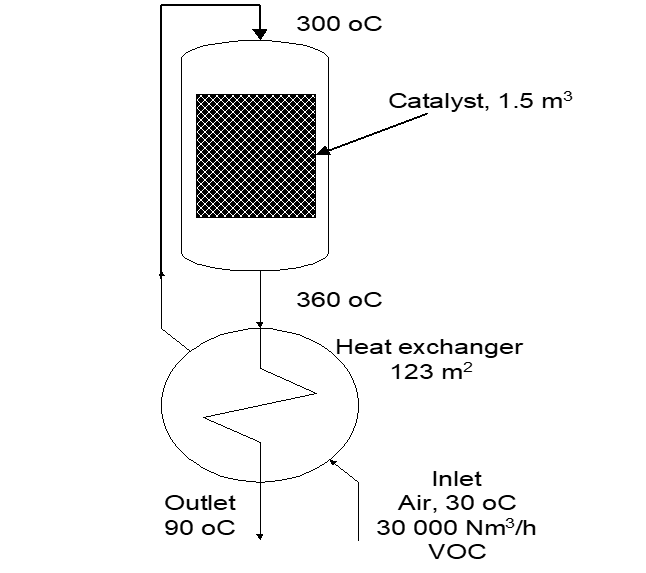
Inorganic materials
Scientists from the Institute of General and Inorganic Chemistry at BAS and HTMU have developed materials that are applicable in the field of environmental protection, more specifically related to the reduction of greenhouse gas emissions:
• Catalysts for reducing methane emissions;
• CO2 absorption materials.
An advantage of the proposed developments is their increased adaptability to specific problems in protecting the purity of atmospheric air from various industrial sources of pollution generating emissions of methane and carbon dioxide. Through their application, a combined effect is achieved – (1) recycling of waste product and (2) reduced emissions of greenhouse gases.

Inorganic materials
The Institute of Mineralogy and Crystallography “Acad. Ivan Kostov” at BAS presents a method for developing nitrogen fertilizer with reduced nitrogen loss.
This technology produces a compound that significantly reduces nitrogen loss in the form of ammonia and nitrogen oxides compared to existing solutions. The fertilizer has a balanced bioelement composition, allowing it to be used both as a standalone fertilizer and in combination with other fertilizer formulations. It offers good physical and mechanical properties and storage stability.
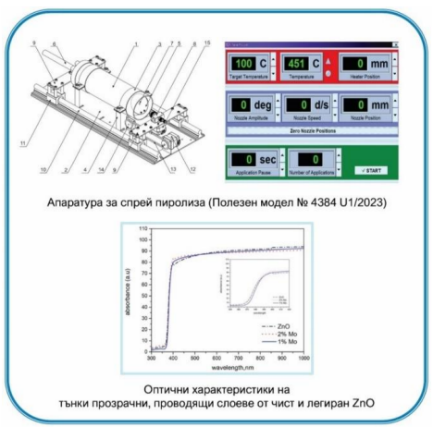
Inorganic materials
Pure Zinc Oxide Films with Special Properties for Position-Sensitive Photodetectors
The development of thin, transparent films of pure zinc oxide (ZnO) with special properties required for the creation of position-sensitive photodetectors with high optical transmission in the visible region of the spectrum (92%), which meets the requirements for the future application of these layers in the creation of position-sensitive photodetectors operating on the basis of the lateral photoeffect was carried out at the Institute of Electrochemistry and Energy Systems.
Contact:
office@jic.bas.bg

Inorganic materials
Research on the mineralogy and geochemistry of tungsten in exogenous conditions for environmental protection and obtaining W–Fe oxide pyrochlores
A study of the mineralogy and geochemistry of tungsten in exogenous conditions, which can be used for environmental protection purposes and obtaining W–Fe oxide pyrochlores with a wide range of applications, was carried out at the Institute of Mineralogy and Crystallography. The conditions and mechanism of crystallization of W–Fe oxide minerals with a pyrochlore-type structure are shown. It has been proven that the crystallization of W–Fe pyrochlores is effectively carried out according to the metasomatic replacement scheme, while at the same time the direct crystallization of these phases from aqueous solutions does not occur – highly disordered amorphous gels are formed.
Contact:
office@jic.bas.bg
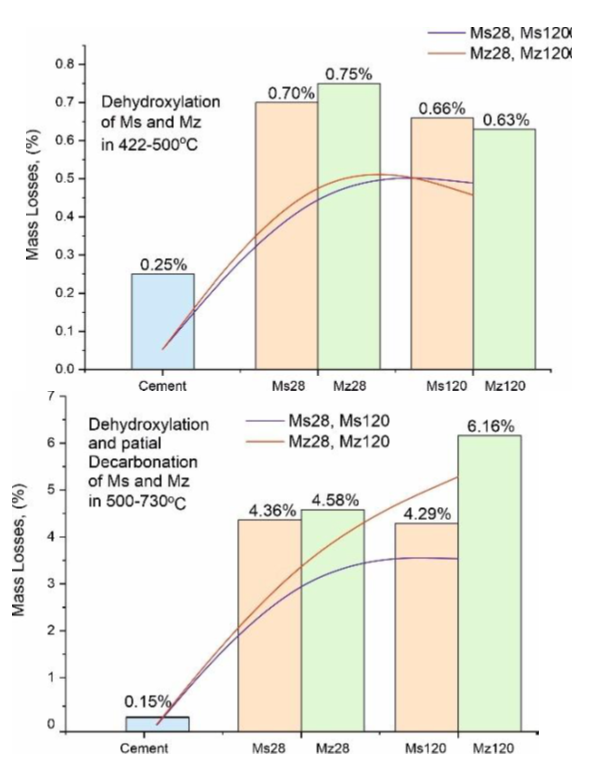
Inorganic materials
Construction mortars with thermally activated zeolite
The Institute of Mineralogy and Crystallography has developed hardened construction mortars based on white Portland cement and river sand, replacing part of the traditionally used cement with 10 weight percent thermally activated natural zeolite. The inclusion of zeolite increases the amount of pores by about 40%, and the measured strengths are also higher by over 13%. With continuous contact with water from the 28th to the 120th day, the amount of pores decreases by about 10%, and the compressive strength increases by nearly 15%, respectively, which gives reason to claim that replacing part of the cement with zeolite improves the resistance of the studied construction mortars against aggressive atmospheric influences.
Contact:
office@jic.bas.bg

Inorganic materials
Luminescent materials for conversion of UV to visible light
The Institute of General and Inorganic Chemistry has developed luminescent materials for efficient conversion of UV to visible light via the antenna effect by selecting ligands-chromophores in lanthanide complexes. Evaluation of all competing photophysical processes and prediction of the mechanism of absorption, transfer and relaxation of energy in lanthanide (Eu3+, Sm3+) complexes with dithiocarbamate ligands and phenanthroline by combining innovative experimental analytical methods and theoretical approaches. The approach to establish the mechanism of energy transfer in the excited state and the key factors controlling the optical properties and effective luminescence would help the targeted synthesis of new heteroligand lanthanide materials with desired properties for a given application.
Contact:
office@jic.bas.bg
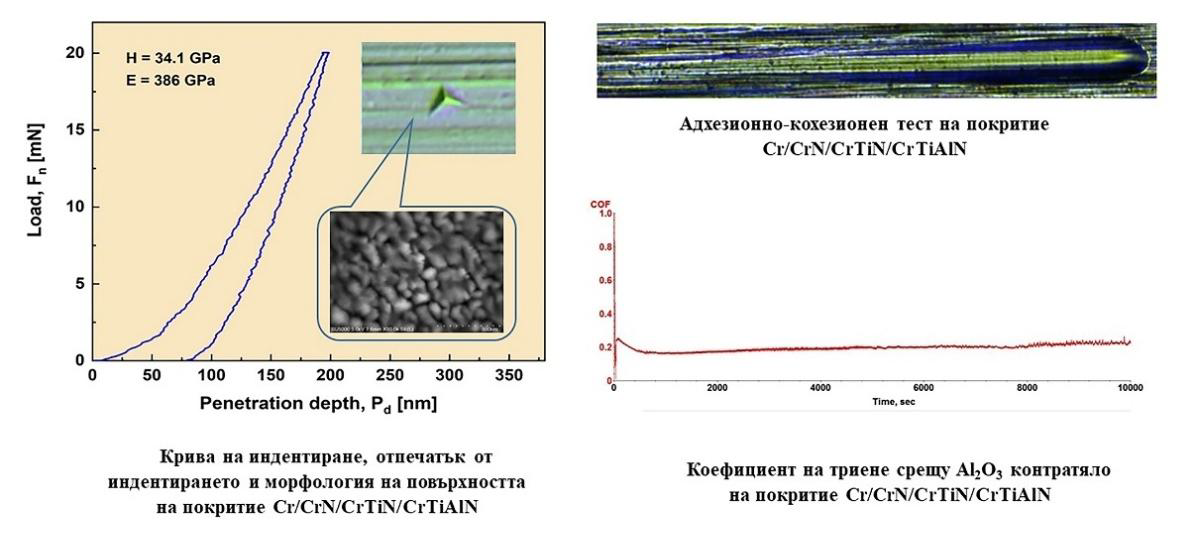
Inorganic materials
Coating combining high hardness and deformation resistance with low friction coefficient and wear resistance
Development of a coating obtained using low-temperature technology Cr/CrN/CrTiN/CrTiAlN, which combines high hardness and deformation resistance with low friction coefficient and wear resistance, was carried out by a team at the Laboratory of Applied Physics. The properties of the coating make it suitable for industrial applications. The technology was developed for coatings intended for industrial applications on materials with temperature resistance up to 300 °C, but despite the low temperature are characterized by high hardness – 34.1 GPa, which is usually achieved at application temperatures of the order of 500 °C. At the same time, it has high resistance to elastic and plastic deformation and very good adhesion-cohesion properties.
Contact:
office@jic.bas.bg
